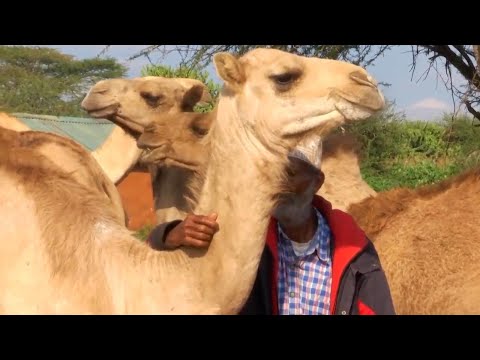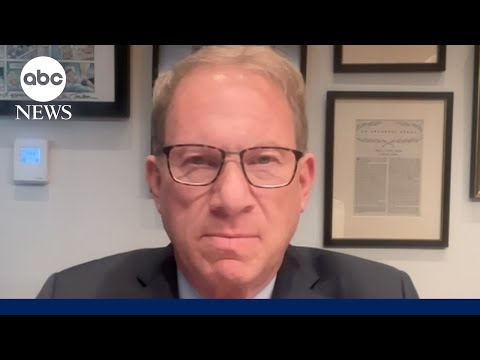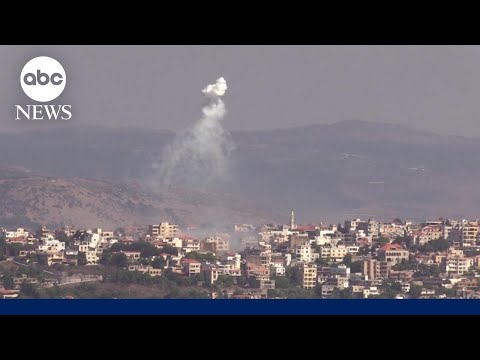(11 Aug 2024)
KENYA CAMELS
SOURCE: ASSOCIATED PRESS
RESTRICTION SUMMARY:
LENGTH: 7:31
ASSOCIATED PRESS
Laikipia, Kenya – 26 July 2024
1. Various of grazing cattle
2. Various of camels
3. Various of 65-year-old Abdullahi Mohamud looking after his camels
4. SOUNDBITE: (Kiswahili) Abdullahi Mohamud, camel herder:
"Before the drought, I owned a herd of 30 cattle. However, when the drought hit, all but one of the cattle died. Now I am only left with one."
5. Various of Mohamud milking his camels
6. Various of Mohamud looking after his camels
7. SOUNDBITE: (Kiswahili) Abdullahi Mohamud, camel herder:
"Rearing cattle is difficult due to inadequate pasture. In contrast, camels are easier to rear as they primarily feed on shrubs and can survive in harsher conditions. When the pasture dries out, all the cattle die."
8. Various of camels
9. Various of goat milking
10. Various set up shots of Musalia Piti, a Samburu herdsman looking after camels
11. SOUNDBITE: (Kiswahili) Musalia Piti, Samburu herdsman:
"When the drought came and we owned a herd of 50 cattle, we sold them and bought five camels. The camels help us survive the drought until it rains again. Once the rains return, we can sell two or three camels to purchase a cow that produces milk."
12. Various of Piti looking after camels
13. Various of camels
14. SOUNDBITE: (Kiswahili) Lesian Ole Sempere, 59-year-old, Samburu elder:
"You have to do whatever it takes to find cattle for wedding ceremonies, even though our herds may be smaller nowadays. Initially, you might be excused from paying cattle for the dowry, but it’s better to offer a cow as a gift to the parents. This gesture encourages them to declare their daughter as your official wife."
15. Various of Calvince Okoth, Veterinarian and Livestock Manager at Mpala Research Scientist, walking
16. SOUNDBITE: (English) Calvince Okoth, Veterinarian and Livestock Manager at Mpala Research Centre
"Cattle have a gestation period of nine months but camels have a gestation period of eleven to fourteen months so to multiply camels will require a longer time compared to cattle so it may not be possible to get an economic herd in camels as quickly as possible because the climate is also not very predictable."
17. Various of camels
18. SOUNDBITE: (English) Calvince Okoth, Veterinarian and Livestock Manager at Mpala Research Centre
"The droughts we have had reduced pastures in the community and a way they can use to manage the pasture well is they can do rotational grazing where they can paddock a few areas for use during the dry season but the challenge with that is that in the communities around the lands are communally owned so anybody can access their lands at anytime and also we have challenges of people encroaching into those lands and they also have access to those pastures."
19. Various of camels
STORYLINE:
LEADIN:
Kenyan farmers are turning to camels as a drought-resistant alternative to the cattle they traditionally reared.
Climate change and droughts in Kenya in 2022 killed up to 2.6 million cattle, but the camels are hardier and more resistant to climate change.
STORYLINE:
In rural Kenya, the sight of a pastoral farmer driving their herds of cattle is a common sight.
In the north of the country, for the Borana and Samburu pastoralist communities cattle are a status symbol and provide families with sources of milk and meat.
Cattle even feature in cultural rituals and marriage ceremonies… but climate change is complicating the traditional pastoralist way of life.
But there could be a solution – camels.
Find out more about AP Archive: http://www.aparchive.com/HowWeWork
Twitter: https://twitter.com/AP_Archive
Facebook: https://www.facebook.com/APArchives
Instagram: https://www.instagram.com/APNews/
You can license this story through AP Archive: http://www.aparchive.com/metadata/youtube/be94b3ed77e64a45adeac4e8ac797eb0
Author: AP Archive
Go to Source
News post in August 16, 2024, 3:04 am.
Visit Our Sponsor’s:
News Post In – News





